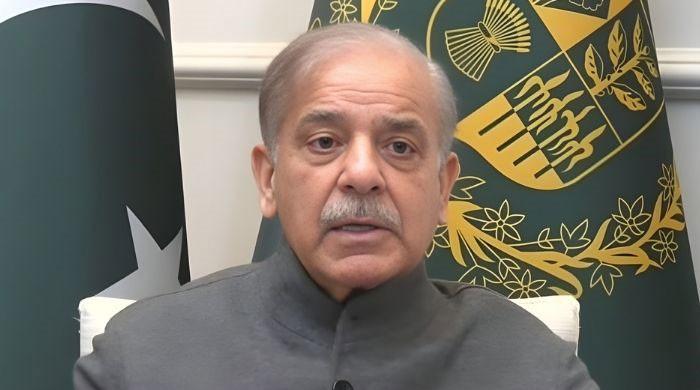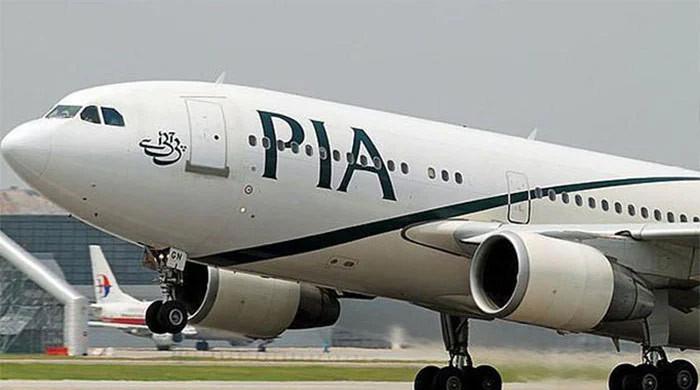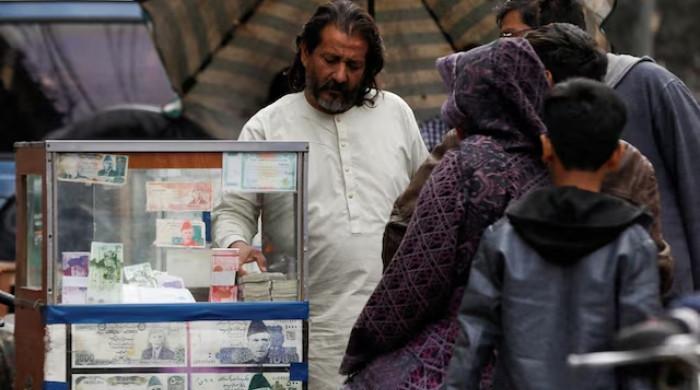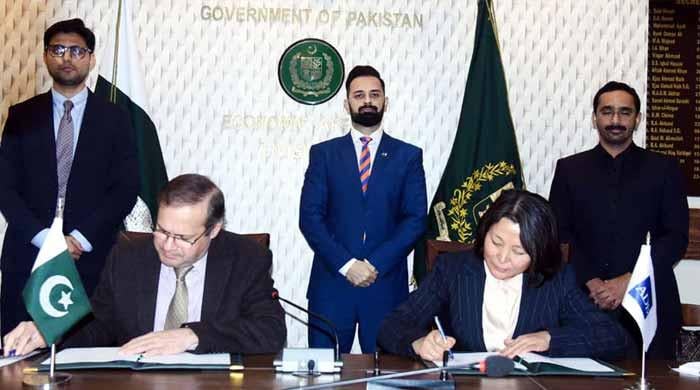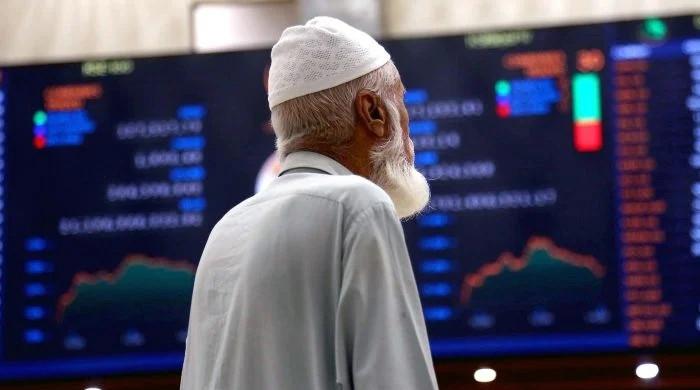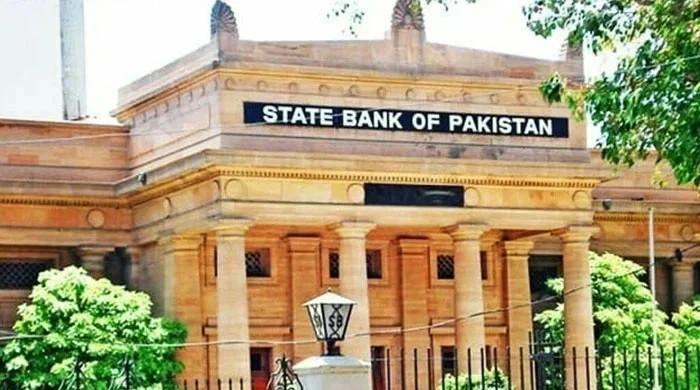Political crisis pose downside risks to Pakistan's economic recovery, says finance ministry
Ministry of Finance warns "domestic scenario" has begun to change which may have implications for economic recovery
March 29, 2022

- Ministry of Finance warns "domestic scenario" has begun to change which may have implications for economic recovery.
- "[...] inflationary and external sectors risks are coming into action to build macroeconomic imbalances," it says.
- The ministry highlights inflation and current account deficit are still under pressure.
ISLAMABAD: The ongoing political crisis in the wake of growing political tensions between the government and the Opposition poses a serious threat to the economy as it can harm the already fragile economic recovery, The News reported Tuesday, citing the Ministry of Finance.
In its monthly Economic Update and Outlook, the ministry noted: “The domestic and international scenario has begun to change which may have implications for the economic recovery…inflationary and external sectors risks are coming into action to build macroeconomic imbalances.”
The ministry further stated that the recent geopolitical tensions, in particular the Ukraine crisis, is the most important external risk factor while “domestic political conditions” are building domestic risks.
“A further escalation of these risks could hamper the positive outlook for Pakistan’s economy and may also aggravate the macroeconomic imbalances.”
The finance ministry said economic performance continues to be strong and is still on a trajectory compatible with an economic growth target of around 5% in the current fiscal year.
Ministry predicts inflation to remain in a range of 9.5-11.5%
“However, the intensity of internal and external risks has still not been exactly realised which may adversely affect domestic economic activities,” it added. “Further, inflation and the current account deficit are still under pressure.”
In the period between November–February of the ongoing fiscal year inflation fluctuated around 12% on average. “This was a marked upward shift from the earlier four months (July–October FY22) when average inflation was 8.7%.
Read more: Inflation in Pakistan slows to 12.2% in February
The upward shift was mainly contributed by the persistent and significant rise in international prices, especially oil, food, and other primary commodities.
“Thus, economic recovery from the COVID-19 pandemic and the supply bottlenecks caused unprecedented surges in inflation in many parts of the world, which had spillover effects in Pakistan," the document read.
The ministry said the "necessary condition" to bring back inflation is to limit the month-on-month increase in prices as much as possible.
It said currently, due to increased geopolitical tensions, there are expectations about a further increase in international commodities prices.
“The government is taking possible measures to contain the current pass-through of this increase into domestic consumer prices, especially through relief packages.”
Still, the ministry predicted that year-on-year inflation is expected to remain within the 9.5 to 11.5% territory.
Read more: Pakistan to witness gas crisis in summer too
Regarding agriculture growth, the ministry said no adverse climate shock was reported up till now and is even expected in the coming months and the agriculture sector is expected to perform up to the mark.
The industrial activities are exposed to external conditions; however, Pakistan’s main export markets continue to experience demand stability. “For January 2022, large-scale manufacturing maintained the growth pace. It is expected that for February 2022, growth in LSM will remain moderate due to the seasonal factors.”
'Trade balance may less deteriorate in March'
The trade deficit in goods and services declined considerably; from $4.3 billion in January to $2.6 billion in February.
Exports of goods and services that unexpectedly declined in January have resumed their upward trend in February.
Meanwhile, imports of goods and services were at all-time highs in December and January, but declined substantially in February, helped by negative seasonal effects.
In March, exports are expected to continue their upward trend, backed by the export-oriented policies that have been implemented in the recent past.
“The stabilising of the Real Effective Exchange (REER) will also help exports in keeping the rising trend. Imports will probably return to a level that is more in line with domestic economic activity and the levels of international commodity prices,” it added. “As a result, the trade balance may less deteriorate in March as well. However, geopolitical risks still persist.”
Read more: Pakistan's current account deficit falls 'sharply' to $0.5bn — lowest in FY22
In January and February, remittance inflows declined to lower levels mainly due to negative seasonality. In March, they are expected to revert to normal levels.
“Taking these factors into account, as well as its other components, the current account deficit is expected to stay well below the unsustainable levels observed during the period from August 2021 up to January 2022” it added.
The ministry said the first seven months of the current fiscal year have witnessed significant pressure on fiscal accounts due to rising expenditures under grants and subsidies. In addition, public sector development programme (PSDP) spending has also witnessed a significant rise of 37%.
Measures to improve tax collection will help contain fiscal deficit
The Federal Board of Revenue (FBR) tax collection has been able to achieve more than 65.2% of its annual target during the first eight months of the ongoing fiscal year. However, the government has announced a relief package for the masses to offset the impact of increasing oil prices. “These are collectively adding risks to the financial sector,” the ministry said.
“Notwithstanding measures to improve tax collection and expenditure management will help in containing the fiscal deficit at a manageable level and keeping the primary balance at a sustainable level.”




